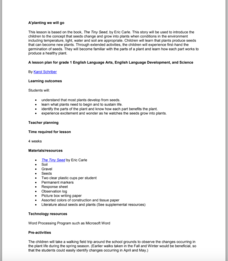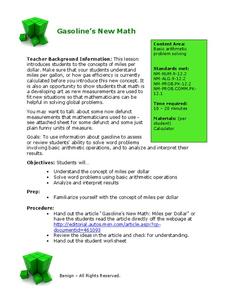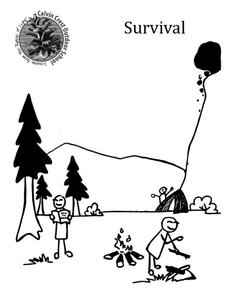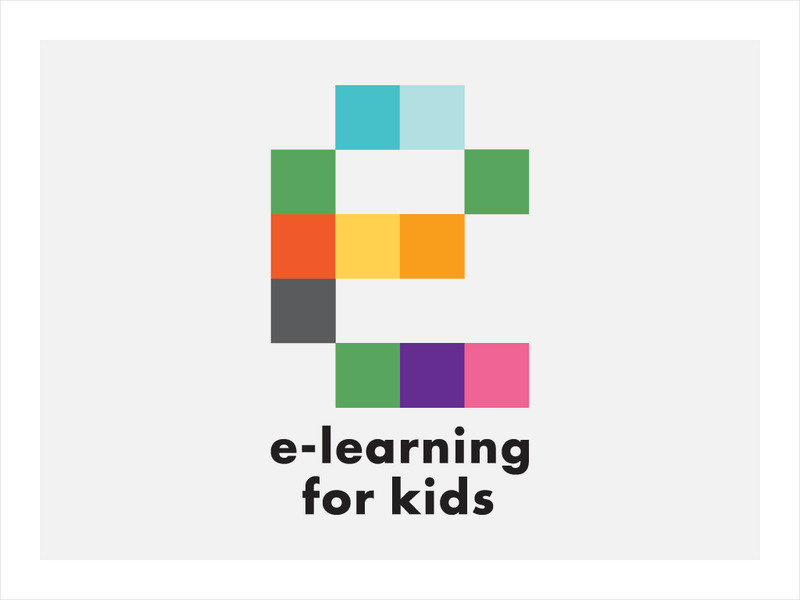K12 Reader
Point of View: Who Is Telling the Story?
See how famous books of literature have different perspectives with a short worksheet. After reviewing the difference between first and third person points of view, learners look over six passages from various novels and decide...
K12 Reader
What Causes Reflections?
Your kids probably use mirrors every day, but do they know how they work? A reading passage about reflection and reflective objects can address both physical science and reading comprehension. Kids read the paragraphs and use context...
Curated OER
A'planting We will Go
Germination is an amazing process that results in amazing things. The book The Tiny Seed is the inspiration for a set of activities that will help build early literacy, observation, language, and writing skills. The class observes how...
Beyond Benign
Got Gas
How much gas does it take to drive around town? The class uses a variety of mathematical procedures to take a look at the use of gas for transportation. Class members use a different unit to determine the cost of driving a car as opposed...
Science Class
Internet Activity-Greenhouse Effect
In this greenhouse effect internet activity worksheet, students use a web site to answer 18 questions about the causes of greenhouse gases, the greenhouse effect, global warming and things to consider to improve the problem of greenhouse...
Calvin Crest Outdoor School
Survival
Equip young campers with important survival knowledge with a set of engaging lessons. Teammates work together to complete three outdoor activities, which include building a shelter, starting a campfire, and finding directions in the...
E-learning for Kids
E Learning for Kids: Science: Netherlands: How Does Light Travel?
Sara and Finn are finding out how light travels. Join them, and learn the nature of light energy.
Optical Society
Optical Society of America: Optics for Kids: Make a Light Fountain
A simple experiment that demonstrates the concept of total internal reflection, and shows how light can travel around curves and corners, as it does in fiber-optic cables. Accompanied by an explanation of what's happening.







